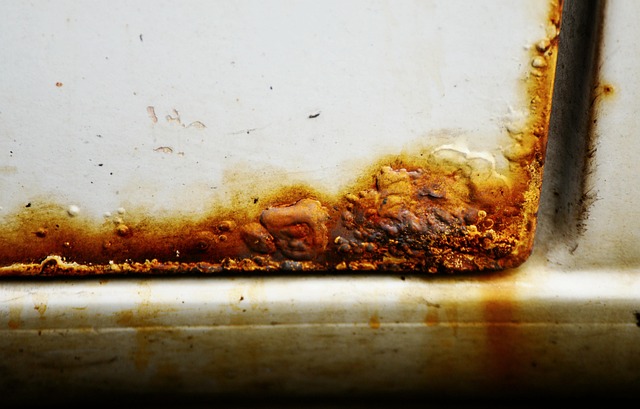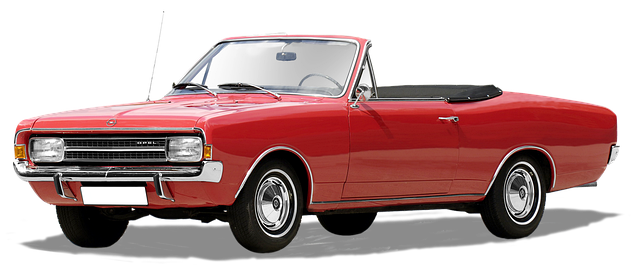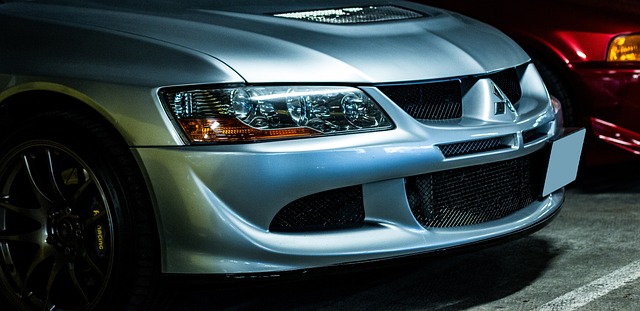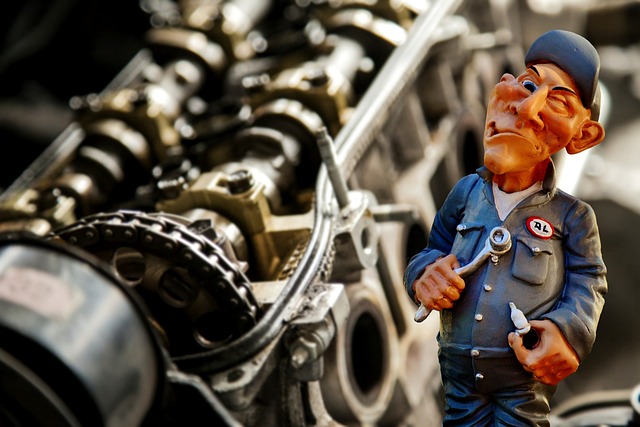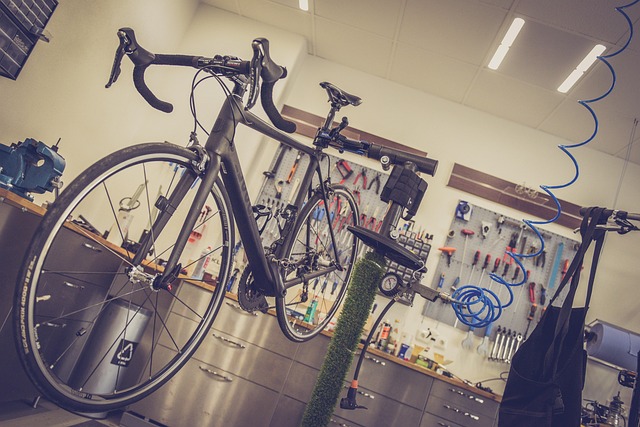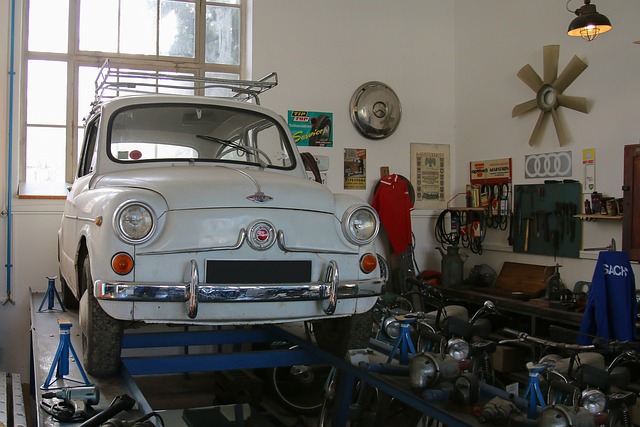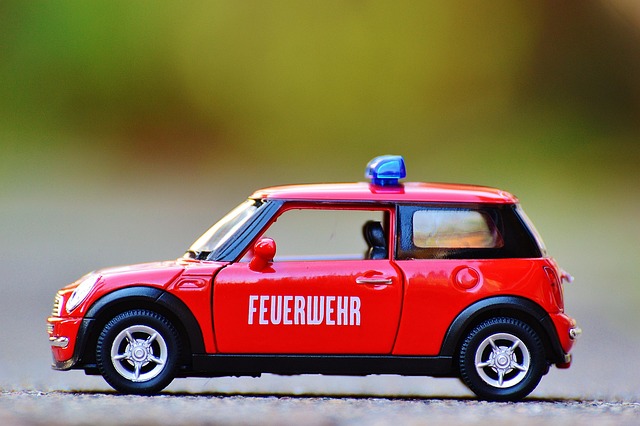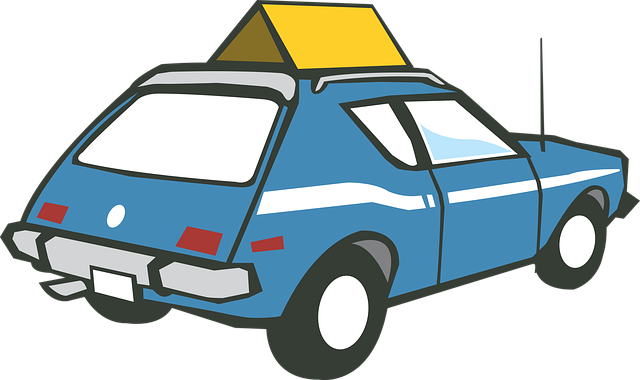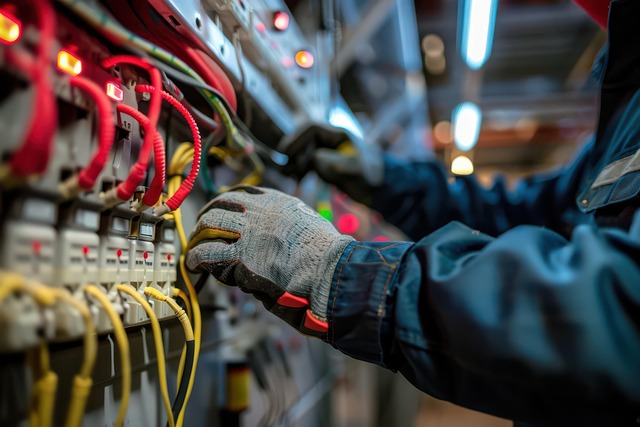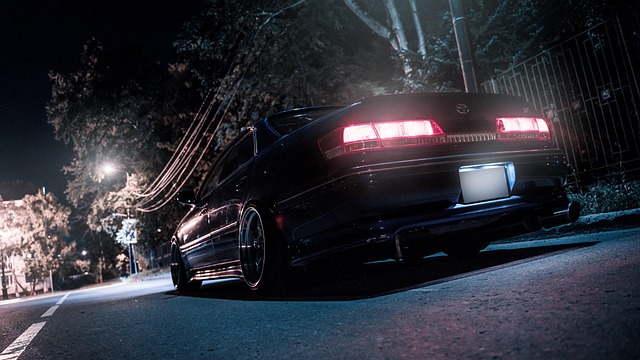Waterborne paint systems have gained popularity in auto body shops due to their environmental benefits, superior performance, and versatility. These systems use water as a carrier instead of toxic solvents, reducing emissions and appealing to professionals and DIY enthusiasts. Selection depends on specific shop needs, such as fast drying times for quick repairs or long-lasting durability. Proper implementation, including thorough surface preparation, correct application techniques, and adequate dry time, ensures optimal performance and contributes to a healthier environment.
Waterborne paint systems are transforming the coatings industry, offering a sustainable and high-performance alternative. This article explores the benefits of adopting waterborne technology for basecoat and clearcoat finishes. From reduced environmental impact to improved aesthetics and durability, these systems revolutionize painting processes. We’ll guide you through choosing the perfect waterborne basecoat and clearcoat pairs for your specific applications, and share best practices for achieving flawless, long-lasting results.
- Understanding Waterborne Paint Systems: Benefits and Advantages
- Choosing the Right Waterborne Basecoat and Clearcoat for Your Application
- Implementation and Best Practices for Achieving Superior Finishes
Understanding Waterborne Paint Systems: Benefits and Advantages
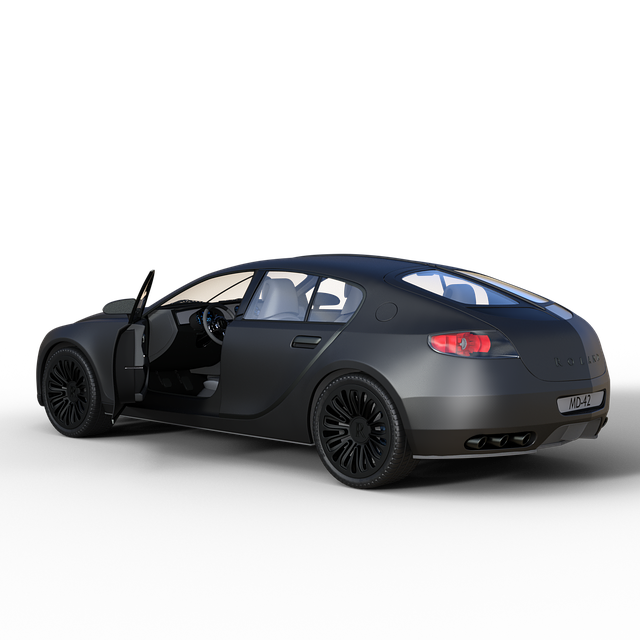
Waterborne paint systems have gained significant popularity in the auto body shop and vehicle repair industry due to their numerous benefits. These advanced coatings offer a more environmentally friendly alternative to traditional solvent-based paints, as they use water as the primary carrier rather than toxic solvents. This simple yet innovative approach results in reduced emissions, making them a preferred choice for both professionals and DIY enthusiasts.
One of the key advantages is their superior performance. Waterborne systems provide an even, smooth basecoat and clearcoat finish, ensuring high-quality results. They offer excellent adhesion to various surfaces, including metal, plastic, and glass, which makes them versatile for different auto repair shop applications. Moreover, these paints have quick drying times, allowing for faster project completion, a significant advantage in busy workshops.
Choosing the Right Waterborne Basecoat and Clearcoat for Your Application
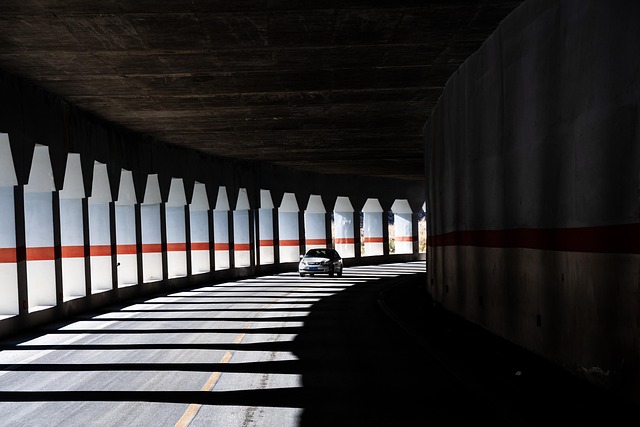
When selecting waterborne paint systems for basecoat and clearcoat finishes, it’s crucial to consider your specific application needs. Different collision repair shops and auto body services may require unique properties from their paints, such as fast drying times, superior durability, or excellent color accuracy. Waterborne technologies offer a wide range of options to cater to these requirements, making them a preferred choice for many car body restoration specialists.
For instance, for applications that demand quick turnarounds, waterborne basecoats known for their swift curing properties can significantly streamline the process in busy shops. Conversely, if long-lasting protection is paramount, clearcoat formulations designed for superior resistance to fading and chipping will ensure the restored vehicle maintains its aesthetic appeal over time. Choosing the right blend of basecoat and clearcoat specifically tailored to your auto body services will result in top-notch finishes that delight customers.
Implementation and Best Practices for Achieving Superior Finishes
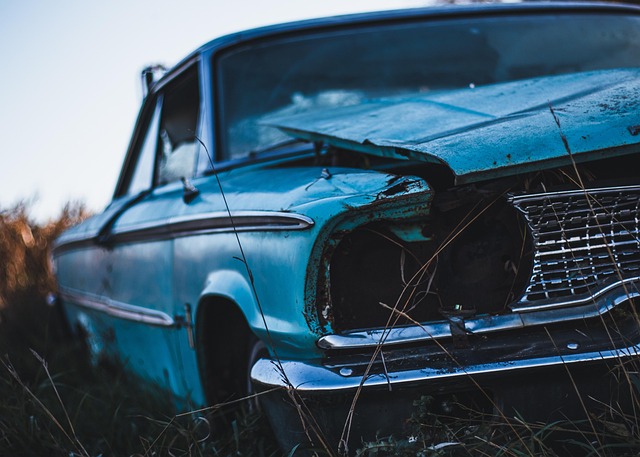
Implementing waterborne paint systems for basecoat and clearcoat finishes requires a meticulous approach to achieve superior results in vehicle repair or auto collision repair settings. These advanced paint technologies offer numerous environmental benefits over traditional solvent-based systems, with reduced odor, faster drying times, and lower VOC emissions. To maximize their performance, it’s crucial to adhere to best practices. This includes preparing surfaces thoroughly by degreasing, sanding, and priming to ensure optimal adhesion. Proper application techniques are paramount; use the correct spray equipment set at appropriate settings for even distribution of paint, minimizing runs or drips.
Maintaining a clean work environment is another key factor. Ensure adequate ventilation during application to control overspray and keep the workshop free from contaminants that can affect paint quality. Additionally, allowing sufficient dry time between basecoat and clearcoat applications is essential for achieving a smooth, durable finish in car bodywork services. Following these best practices will not only enhance the aesthetics of repair work but also contribute to a healthier environment by embracing eco-friendly waterborne paint systems.
Waterborne paint systems offer a superior solution for basecoat and clearcoat finishes, combining environmental friendliness with exceptional performance. By understanding their benefits and choosing the right products for your application, you can achieve outstanding results. Implementation best practices ensure consistent quality, making waterborne paints a reliable and sustainable choice for any project.
